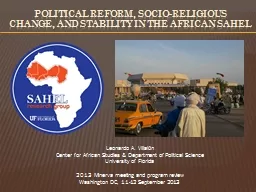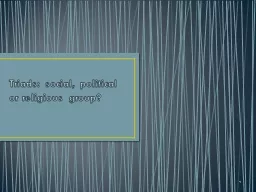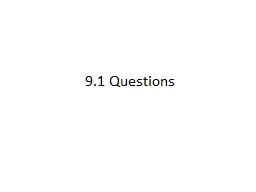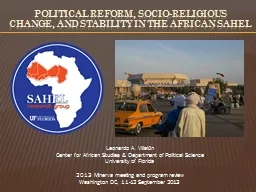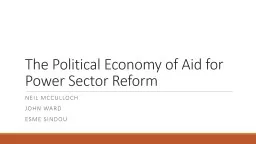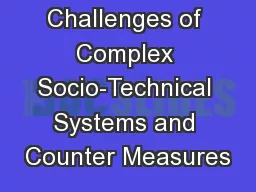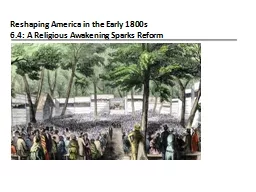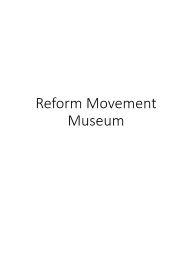PPT-Political Reform, socio-religious
Author : debby-jeon | Published Date : 2017-06-30
change and stability in the african sahel Leonardo A Villalón Center for African Studies amp Department of Political Science University of Florida 2013 Minerva
Presentation Embed Code
Download Presentation
Download Presentation The PPT/PDF document "Political Reform, socio-religious" is the property of its rightful owner. Permission is granted to download and print the materials on this website for personal, non-commercial use only, and to display it on your personal computer provided you do not modify the materials and that you retain all copyright notices contained in the materials. By downloading content from our website, you accept the terms of this agreement.
Political Reform, socio-religious: Transcript
Download Rules Of Document
"Political Reform, socio-religious"The content belongs to its owner. You may download and print it for personal use, without modification, and keep all copyright notices. By downloading, you agree to these terms.
Related Documents

